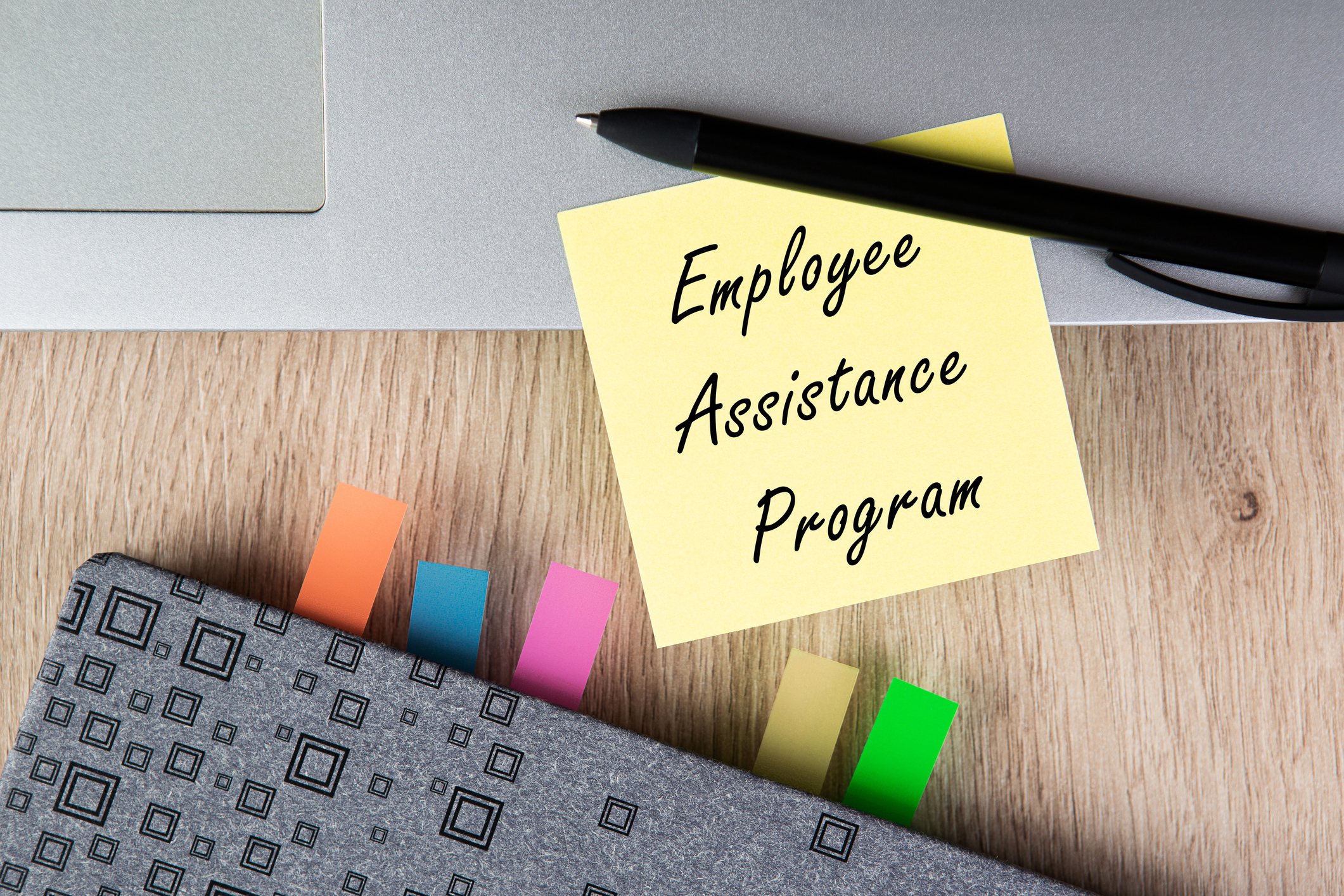Wellness and well-being in the workplace continue to be hot and trendy topics, especially among Millennial and Gen-Z workers. From more traditional mental health support like therapy and coaching to contemporary approaches like quiet workspaces and in-house yoga, organizations are making an effort to ensure their employees feel safe, supported, and inspired in today’s post-pandemic workplaces. But, according to a recent article in The New York Times, workplace wellness programs may not be as beneficial to retaining and sustaining employees as we think.
Although we can’t confirm the findings in this study, it’s just the type of analysis our team of consultants pays close attention to when advising clients. If you’re looking to maximize your Employee Assistance Program (EAP) or implement one for the first time, read on.
A New Study on Workplace Wellness
According to an article in The New York Times, an Oxford University researcher surveyed workers from nearly 50,000 companies who offered employee benefit programs and found that people who participated in them were no better off than colleagues who did not. Moreover, the study found that trainings on resilience and stress management appeared to have a negative effect, and of the 90 interventions/programs offered, charity or volunteer opportunities were the only ones that improved well-being.
Of note, other researchers say that the study examined interventions that were not highly credible or did not account for the wide variation of how these interventions are delivered.
Studies like this serve as a good reminder to employers to keep a pulse on what’s going on in today’s ever-changing professional landscape, especially regarding what their employees are prioritizing.
Make the Most of Your Employee Assistance Program
At People Results, we believe that EAPs can work in your – and your employees – favor, if you take the necessary steps to set yourself up for success. Consider these three questions:
- What do your employees prioritize? This answer will be different in every organization, but it’s the most important consideration of all. Are your employees younger and more interested in mental health programs and perks like health and wellness stipends or fertility support? Or are they made up of working parents who prioritize childcare, college tuition programs, and caregiver allowances? Conduct an internal communications audit, develop an effective employee listening strategy, and leverage online digital feedback tools to connect with your employees and figure out how best to align your EAP with your culture and their expectations.
- How do your employees best receive information? You may have a tailored EAP that meets the needs of your employees, but do they know about it? You’d be surprised by the number of organizations that simply forget the importance of continually communicating these benefits to employees. Take time to consider how best to reach employees and meet them where they are. This is especially important when considering different generations in the workplace and how they best communicate and receive information.
- Are these benefits making an impact? EAPs are only as successful as you make them, which is why it’s vital to take the time to measure the success of your program, either through employee engagement surveys (which includes taking post-survey action) or putting in place feedback channels with options of participating anonymously. Both options should be supplemented by training managers to speak with their employees about workplace wellness during team meetings or 1:1 check-ins throughout the year. This is vital because employee engagement depends on good leadership.
Wellness in the workplace is going to look different for every organization. Ultimately, it’s most important to foster a safe and welcoming environment where employees feel heard and comfortable sharing their thoughts and opinions – and leaders and departments are empowered to take this feedback and make real change for their organizations.
At People Results, we provide training tools and consulting services to help organizations maintain direct communications with their employees, especially younger employees, who feel a union is the best way to make their voice heard. We believe every business is different, and each requires its own holistic and customized approach to communications and employee engagement. Whether you need an internal communications or engagement assessment, guidance in developing your internal communications or engagement strategy or social media strategy, digital media intelligence, crisis communications services, media relations, or media training, we have expert communications and engagement consultants who can quickly provide a specialized solution. Contact us today to discuss the next steps, give us a call at (313) 965-0350.



